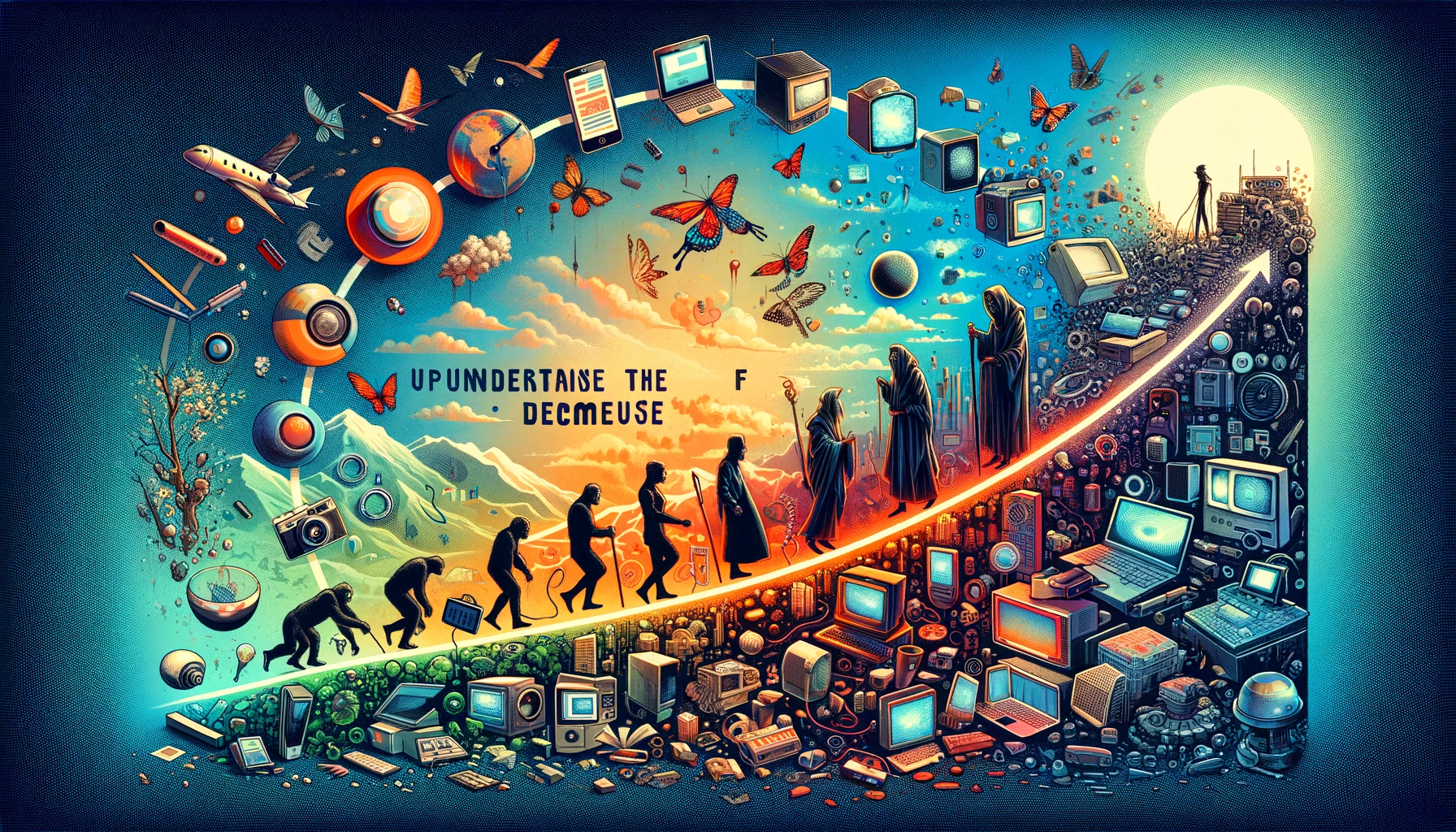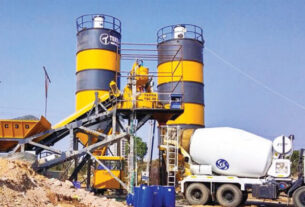In an era dominated by rapid technological advancement, the demise of once-leading technologies, products, and companies is not just a possibility but a predictable outcome. This article explores the life cycle of technology, identifying key factors that lead to the ‘tech demise’ and how innovations rise from the ashes of the old. Through this exploration, we aim to understand the patterns of technological evolution and what it means for consumers and businesses alike.
The Concept of Tech Demise
Defining Tech Demise
Tech demise refers to the decline or complete cessation of relevance, use, or existence of a particular technology, product, or company in the market. This can be due to various factors including, but not limited to, technological obsolescence, market saturation, or the emergence of superior alternatives.
Historical Perspectives
A look back at technologies that have faced demise, such as the pager, VHS tapes, and even the floppy disk, provides insight into the inevitability of this cycle. Each of these technologies was once at the pinnacle of innovation but eventually became obsolete. You Can Also Read This The Ultimate Guide to Infographic Posters
The Life Cycle of Technology
Introduction Stage
The life cycle begins with the introduction stage, where a new technology enters the market. It is characterized by low adoption rates and high costs.
Growth Stage
As the technology gains acceptance, it enters the growth stage. Adoption rates increase, and improvements are made, expanding the technology’s market presence.
Maturity Stage
The maturity stage is marked by a slowdown in growth. The technology is widely adopted, and the focus shifts to enhancing features and reducing costs.
Decline Stage
Eventually, the technology enters the decline stage, facing reduced demand due to newer innovations. This is the beginning of the tech demise.
Factors Leading to Tech Demise
Technological Advancements
The relentless pace of innovation means newer, more efficient technologies constantly replace older ones.
Changing Consumer Preferences
Shifts in what consumers want and need can quickly render a technology obsolete.
Economic Factors
Economic downturns or shifts in investment can hasten a technology’s decline by cutting off necessary resources for its development and support.
Regulatory Changes
New laws and regulations can also play a significant role, particularly in highly regulated industries like telecommunications and finance.
Case Studies of Tech Demise
The Fall of Blockbuster
Blockbuster’s demise in the face of digital streaming services like Netflix offers lessons on failing to adapt to changing consumer behaviors and technological advancements.
The Evolution of Mobile Phones
The transition from feature phones to smartphones illustrates how new technologies can completely redefine industries.
Navigating Tech Demise: Strategies for Companies
Innovation and Adaptation
Companies must continually innovate and adapt their products, services, and business models to survive in a rapidly changing technological landscape.
Diversification
Diversifying product lines and revenue streams can provide a buffer against the decline of any single technology or product.
Strategic Partnerships and Acquisitions
Forming strategic partnerships or acquiring innovative startups can inject new technology and ideas into established companies.
Listening to Customers
Staying in tune with customer needs and preferences is crucial for anticipating shifts in the market and adapting accordingly.
Conclusion
The demise of technology is a natural part of its life cycle, driven by innovation, market forces, and changing consumer preferences. By understanding this cycle, companies can better navigate the challenges of tech demise, ensuring their survival and continued relevance in the market. For consumers, this cycle offers a glimpse into the future of technology, promising an ever-evolving landscape of new products and services designed to meet their changing needs.



